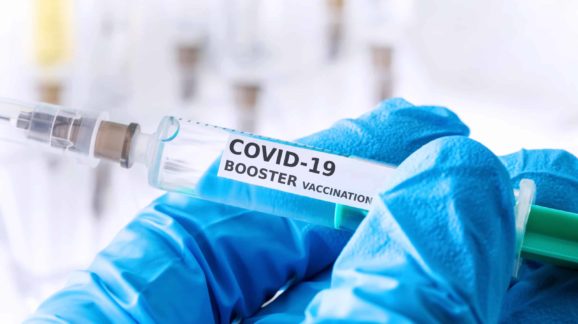A Reality Check on How we Handle COVID-19 Risks
COVID-19 is still with us. Cases are rising in Europe and to a smaller extent in this country. But the fact that SARS-CoV-2, the virus that causes COVID-19, has become endemic, does not mean the sky is falling.
Any time a virus freely circulates in a population, there will be waves of infections. But the magnitude of the resulting hospitalizations and deaths is unlikely to mirror a rise in cases.
The risk of COVID-19 infection is equal across all age groups. But the risk of hospitalization and especially death rises rapidly with age. Compared with a reference category of 18- to 29-year-olds — the group with the largest number of cumulative cases — the rate of hospitalizations is five times in the 65-74 group; nine times in the 75-84 group; and 15 times in the 85 and older group. For deaths, the rates in those ages groups are, respectively, 90 times, 220 times, and 570 times the rate in the 18-29-year-old reference group. For younger age groups, 0-4 and 5-17, the rates of hospitalization and death are far lower than the reference group.
Studies from the first year of the pandemic, before vaccines and therapies were widely available, indicated the risk of dying if you were infected by SARS-CoV-2 — the infection fatality rate — was 0.15-0.2 percent for the population as a whole. Deaths were concentrated in the elderly, with 80 percent occurring in people 65 or older.
Thankfully, the danger from exposure to COVID-19 is far lower today, with multiple vaccines and therapeutics readily available and new antiviral pills just over the horizon. Vaccines limit infections, although protection starts to wane a bit after five or six months. But the vaccines remain remarkably effective in protecting against hospitalizations and deaths over time.
Currently, 71 percent of those 18 or older are fully vaccinated. Another 10 percent are partially vaccinated. In our most vulnerable population — those 65 and older — 86 percent are fully vaccinated. Virtually all (99.7 percent) have received at least one dose and 39 percent have received a booster. In addition, many millions of unvaccinated people have natural immunity after recovery from COVID-19, immunity that the Centers for Disease Control and Prevention acknowledge is highly protective.
Unsurprisingly, most of the new cases, especially the serious ones, are in the unvaccinated. Children, who have not been eligible for vaccination, now account for more than a quarter of new cases. But only 0.00-0.03 percent of childhood COVID-19 cases die. Influenza, heart disease, accidents and gunshot injuries are all far deadlier for kids. The number of children under 18 who died in vehicle crashes in the first nine months of recent years was six times higher than the number of children who died of COVID-19 in the first nine months of this year.
Now that vaccines for kids are becoming available, the number of childhood deaths should go from extremely low to practically nonexistent.
Circulating viruses can always mutate and become more transmissible or resistant to vaccines. That is why a new flu vaccine is formulated each year. New COVID-19 vaccines may eventually be needed, too. But unless SARS-CoV-2 changes in a large and unexpected way, near-term fluctuations in COVID-19 cases are unlikely to translate into large increases in hospitalizations and deaths. COVID-19 remains an important public health problem, but it is one we must keep in proper perspective.
Read the full article at the New York Post.
